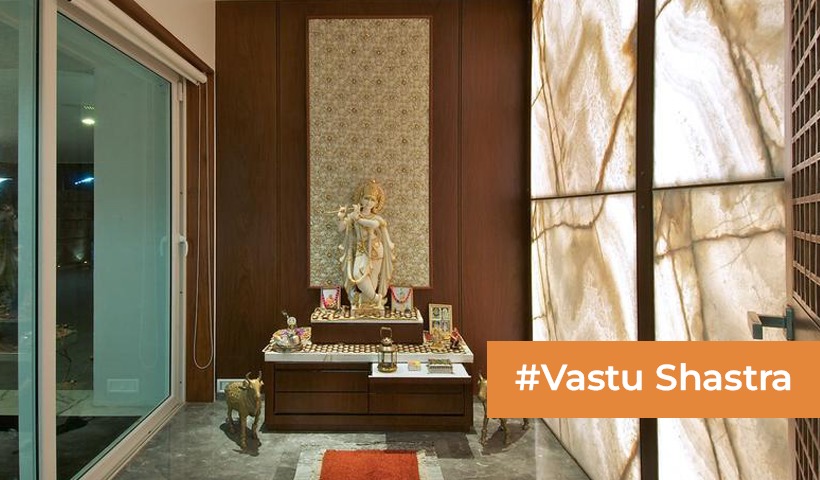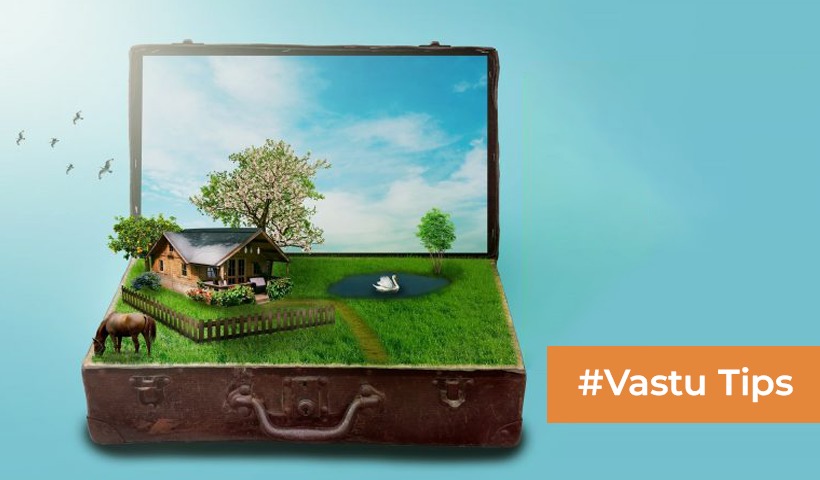The Power of Horseshoes: A Guide to Using Them as Lucky Charms!
Horseshoes have long been considered a symbol of good luck and are commonly used as a lucky charm. Here are some steps on how to use horseshoes as a lucky charm in your home:
- Choose a horseshoe: You can either buy a new horseshoe or find an old, used one. It’s important to make sure that the horseshoe is made of iron, as this is believed to be luckier than other materials.
- Clean the horseshoe: If you’re using a used horseshoe, make sure to clean it thoroughly with soap and water. You can also scrub it with a wire brush to remove any rust or dirt.
- Determine the direction: Horseshoes are believed to bring good luck when they are hung with the ends facing upwards, as this is said to help the luck pour down onto the people below. However, some people believe that hanging the horseshoe with the ends facing downwards will help to protect the home from evil spirits.
- Hang the horseshoe: Once you have determined the direction, you can hang the horseshoe above the door or in another prominent location in your home. You can use nails, screws, or string to hang the horseshoe securely.
- Bless the horseshoe: Some people choose to bless their horseshoe by saying a prayer or performing a ritual before hanging it. This is believed to help amplify the horseshoe’s lucky properties.
- Believe in the luck: The most important step in using a horseshoe as a lucky charm is to believe in its power. Whether you hang it for good luck or for protection, having faith in the horseshoe’s ability to bring luck can help to manifest that luck in your life.
Overall, using a horseshoe as a lucky charm is a simple and easy way to bring good luck and positive energy into your home.
Disclaimer: The views expressed above are for informational purposes only based on industry reports and related news stories. PropertyPistol does not guarantee the accuracy, completeness, or reliability of the information and shall not be held responsible for any action taken based on the published information.
(Visited 476 times, 1 visits today)




